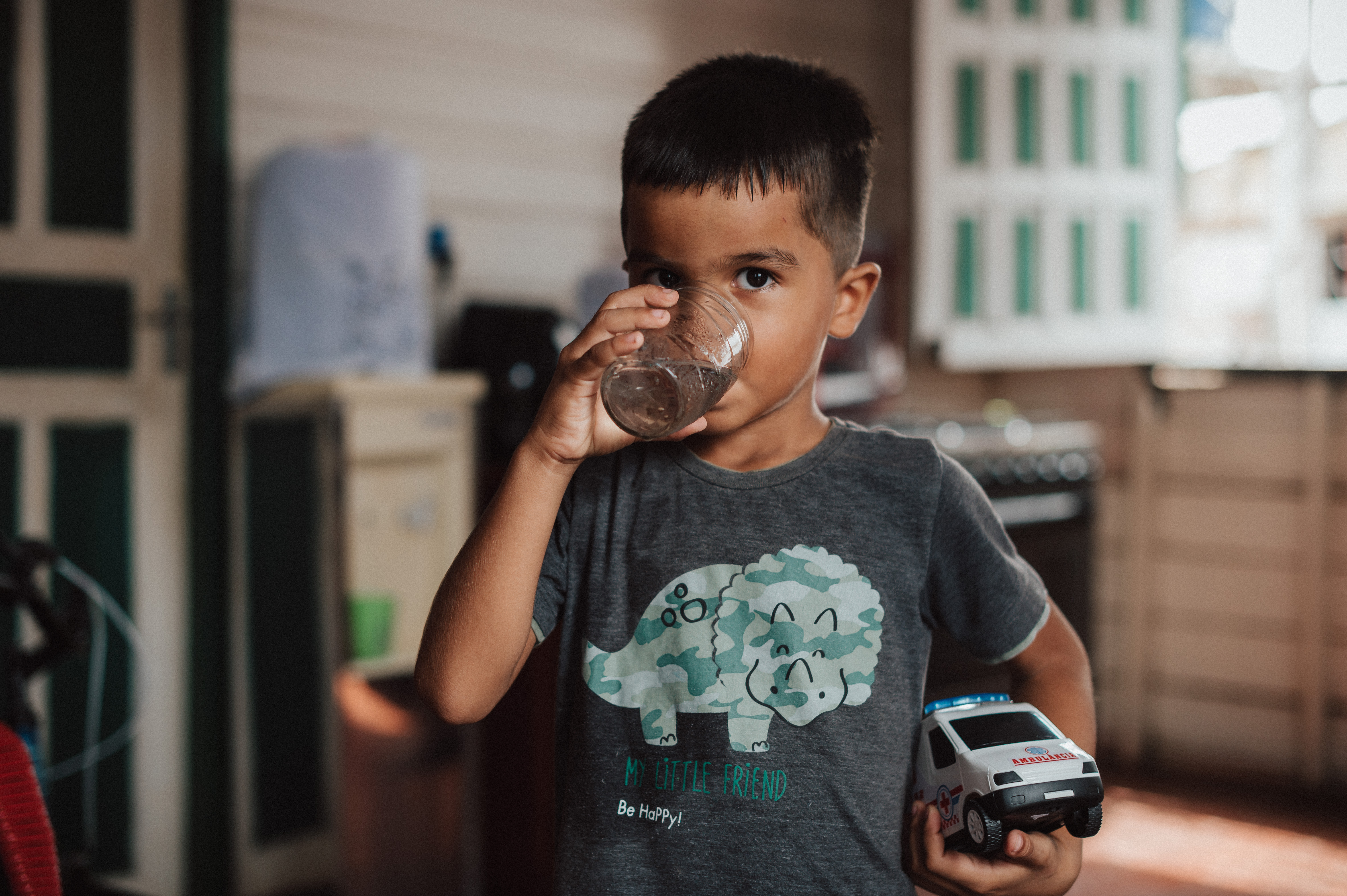

Description
DMQAI aims to propose guidelines, strategies and actions for the implementation of drinking water quality monitoring in indigenous areas.
Within the scope of actions to guide policies aimed at specific communities (in this case indigenous communities), SESAI prepared a document called ‘Guidelines for Monitoring of Drinking Water in Indigenous Communities (DMQAI), so as to provide for appropriate guidance for Indigenous Health Agents and Indigenous Sanitation Agents to monitor the quality of water in indigenous regions, in accordance with the standards set out by the Health Surveillance Secretariat.
The Guidelines aim to "constitute a technical and operational guide for professionals involved in the execution of actions to improve sanitation services and water quality compatible with current legislation, with a view to promoting the health of the populations served."(Brazil. Ministry of Health., 2014)
The study prepared by ARAÚJO and FELIPE, 2021 emphasizes that “waterborne diseases are among the main causes of infant mortality in indigenous territories. These diseases can be prevented by the adoption of basic sanitation services, mainly by the supply of potable water and the proper disposal of waste".
Initiatives such as DMQAI are key to achieving results such as those explained by the aforementioned study, which demonstrates initiatives that promote access to quality water in indigenous territories.
Expected results
The structuring of actions to effectively implement Monitoring of Drinking Water Quality in Indigenous commmunities within DSEIs is expected to achieve the following results:
• Reduction of infant mortality.
• Reduction of transmission and waterborne diseases, with consequent improvement in the health conditions of the population.
• Assurance of water quality supplied to the indigenous population.
• Designated Water Quality Team and executing the monitoring activities, with the respective assignments defined.
• SESAI laboratory network structured and with technical-operational standards and procedures implemented.
• Compliance with legislation regarding the potability of water consumed by the indigenous population.
• Correction of non-conformities resulting from monitoring in water supply systems.
Criteria 10/11
- ACCESSIBILITY
- ALIGNMENT WITH SDG 1,3,4,6 AND/OR 11
- RACE AND GENDER ISSUES
- ATTENTION TO CHILDREN AND ADOLESCENTS
- LOW COST
- SOCIAL DIFFUSION
- ADMINISTRATIVE EFFICIENCY
- ADHERENCE AND CONTINUITY AT LOCAL LEVEL
- WASH INITIATIVE
- CLIMATE RESILIENCE
- SUSTAINABILITY
The Guidelines are prepared by SESAI in line with the guidelines created by the Health Surveillance Secretariat (SVS, acronym in Portuguese) that are aimed at indigenous health and sanitation agents linked to the Indigenous Health Care Subsystem.
To meet the demand for monitoring the quality of drinking water, there are partnerships with municipal and regional laboratories coordinated by the state's Central Public Health Laboratory (Lacen, acronym in Portuguese), linked to the State Department of Health, as well as Funasa's laboratories and Reference Units for Water Control and Quality (URCQA, acronym in Portuguese).
Indigenous Health Agents and Indigenous Sanitation Agents
National (34 Special Indigenous Health Districts)
Indefinite
To verify potability and assess risks in supply systems and alternatives, the guidelines emphasize the importance of correctly defining sampling collection points for monitoring.
The most effective strategy for ensuring water quality is the combination of selecting the optimal catchment location, subsequent treatment, and systematic quality monitoring.
1. Implementation and standardization of treatment technologies: Adapt the types of treatment required by the legislation and technical regulations in force.
2. Strengthen the operational capacity of water analysis laboratories,
through the constitution of the MQAI laboratory network: Organize the existing laboratory structure for monitoring water quality, as established in current legislation.
The sampling plan to be carried out within each DSEI highlights the importance of analyzing turbidity, pH, color, coliforms, totals and free residual chlorine.
DSESI/SESAI/MS monitoring actions:
a) Designate, in the organizational structure of DSESI/SESAI/MS, a multidisciplinary technical team of water quality in indigenous communities.
b) Coordinate the network of water quality laboratories for human consumption in indigenous communities.
c) Enable financial support for the provision of the necessary infrastructure for water quality monitoring activities.
d) Technically support the Service for Constructions and Environmental Sanitation (Sesani)/DSEIs in the development of water quality monitoring actions in indigenous communities, including on the occurrence of water-borne outbreaks.
e) Evaluate and propose strategies to solve possible health risks related to water quality in indigenous communities.
f) Promote the improvement of the team and instructional instruments.
g) Prepare a quarterly report template to receive information on the water quality monitoring activities developed by DSEI.
SESAI provides overall financing.
DSEIs are allowed to hire private companies or establish partnerships, through coordination with the partner laboratories of the federative units to carry out analyses.